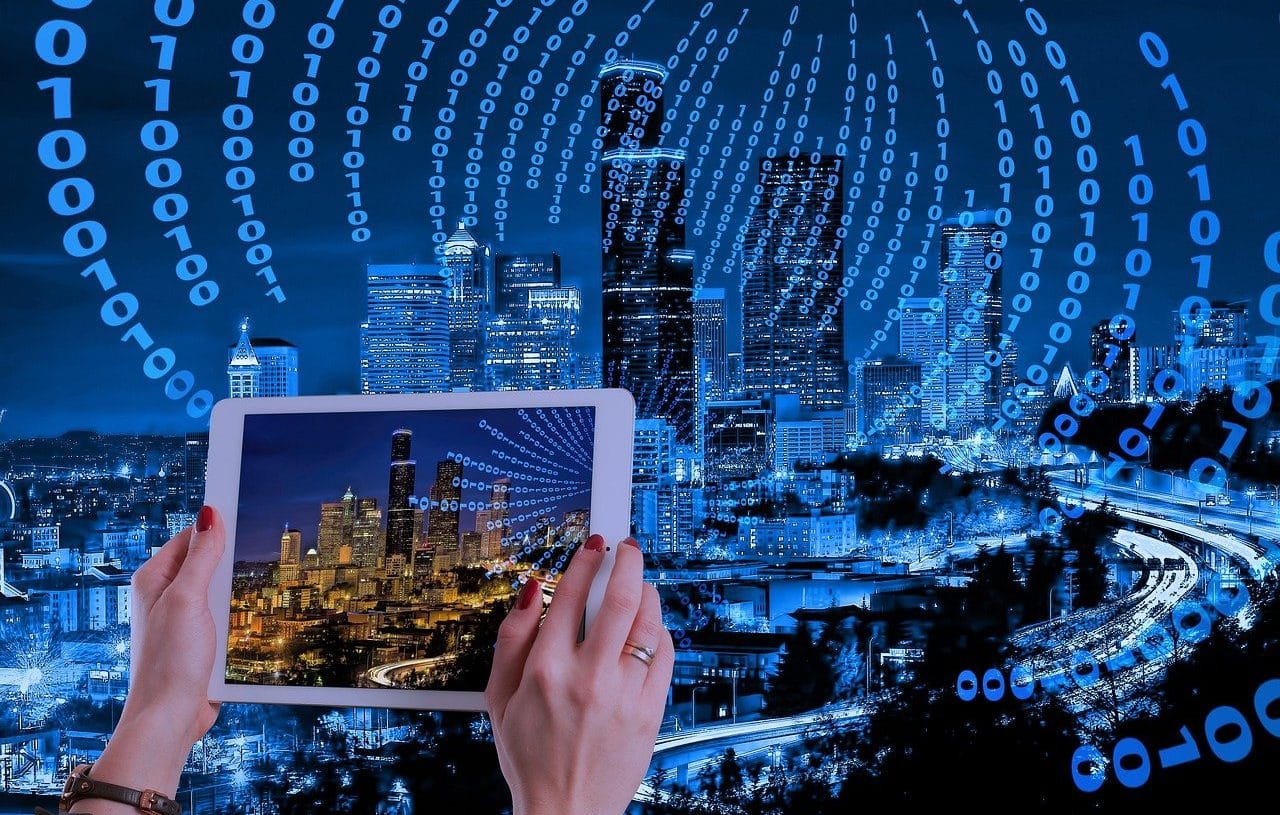
The Internet of Things turns to cloud storage .
The Internet of Things (IoT) is the set of smart devices that can connect to a network to transmit and receive data , allowing them to function automatically and provide information to users. These devices are equipped with sensor networks, computer programs and other resources that make interconnectivity possible.
It should be noted that, in the English language, we speak of the Internet of Things . From this expression comes the acronym ioT , which is also often used in our language.
Nowadays, in addition to computers and telephones , everything from cars to refrigerators , including washing machines , lighting fixtures, toys and many other products can connect to the Web. These objects, through their connection and technological capabilities, collect, transmit and process data , giving rise to the Internet of Things.
Internet of Things (IoT) concept
The concept of the Internet of Things has been changing over time. There is no precise and unambiguous definition, since experts have different views on the matter.
First of all, we must consider that the notion of the Internet of Things can refer to objects with a connection to a network other than the Internet , which implies that the name is not entirely appropriate.
On the other hand, it can be indicated that at the end of the 1990s the possibilities of communication between devices began to be investigated, without a human being initiating and managing the process. The idea of the Internet of Things, in this framework, is linked to the fact that the information exchanged by objects does not arise from an instruction written by a person.
Things, in short, receive and transmit data to and from other things. Connections are carried out via wireless connectivity thanks to WiFi , a 5G network, Bluetooth or other communication standards and protocols.
It is estimated that there are already more than 10 billion objects that make up the Internet of Things. The amount of data they exchange every day is immense.

The growth of the Internet of Things (IoT) requires strengthening cybersecurity to take care of data protection.
Related notions
There are several notions that are linked to the Internet of Things. One of them is big data , which refers to an enormous amount of information that can only be processed with digital tools .
Such data analysis is usually done using artificial intelligence (AI) . This is the name given to the ability of certain systems to execute complex tasks without human intervention. An important aspect of AI is machine learning : the ability of systems to optimize their performance and learn from the data they obtain and process.
The Internet of Things, on the other hand, uses cloud computing to find and store data. This means that the data, like the applications, are available on the Web and are not stored on the device, thus enabling remote and wireless access from anywhere.
In the business world, the combination of the Internet of Things with other solutions that promote automation , interconnectivity and data analysis give rise to the development of the so-called Industry 4.0 . This name refers to a new mode of production and corporate management, which also includes the benefits provided by 3D printing and robotics .

Smart cities are based on the Internet of Things.
How the Internet of Things (IoT) works
The operation of the Internet of Things is based on four main steps:
- Data collection : This capture is carried out using sensors.
- Data transmission : The devices are responsible for sending data to another device, to a system or to the cloud .
- Data processing : Data is processed by software to generate an action.
- Acting on data : Data analysis offers useful information for decision making.
Your applications
The Internet of Things is applied in multiple places and areas. Smart cities , for example, are based on the use of technology to optimize infrastructure and improve urbanization in general. Real-time monitoring of pollution, controlling the water level of a river and efficient management of available parking spaces are some of the possible measures.
A smart home , for its part, can be managed remotely thanks to virtual assistants or even automatically in regards to air conditioning and lighting, to mention two possibilities.
Modern automobiles , meanwhile, constitute the best example of the usefulness of the Internet of Things. These vehicles have cameras and sensors that reduce the risk of collisions and help with parking. They also have systems for route planning and record information (kilometers traveled, breakdowns, etc.) that they then provide to the driver.
A next step in the Internet of Things related to transportation is autonomous cars , which are already beginning to be seen in some countries. The global positioning system, artificial vision and different types of sensors are among the technologies they use to circulate.
